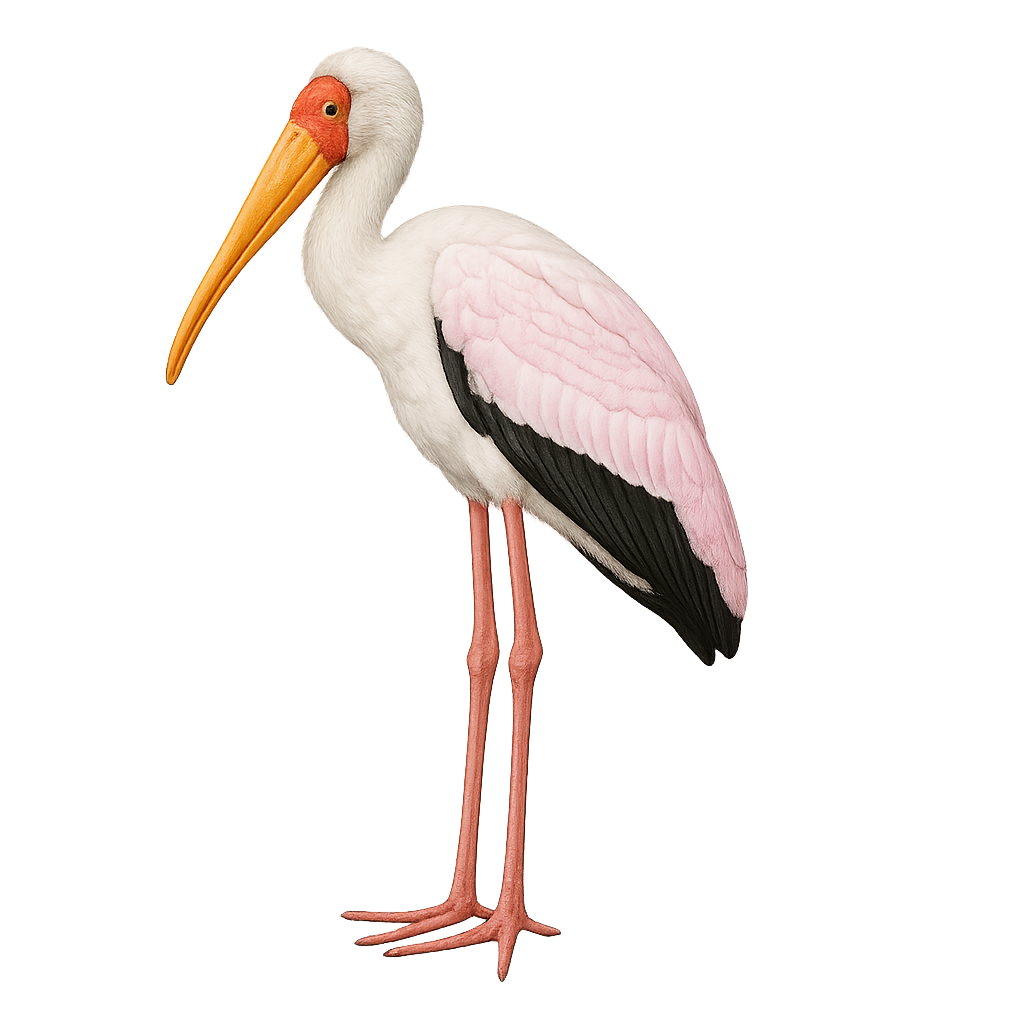Your wildlife photography guide.
Explore the yellow-billed stork in detail, study its behavior, prepare your shots.
Where to observe and photograph the yellow-billed stork in the wild
Learn where and when to spot the yellow-billed stork in the wild, how to identify the species based on distinctive features, and what natural environments it inhabits. The WildlifePhotographer app offers tailored photography tips that reflect the yellow-billed stork’s behavior, helping you capture better wildlife images. Explore the full species profile for key information including description, habitat, active periods, and approach techniques.
Yellow-billed Stork
Scientific name: Mycteria ibis

IUCN Status: Least Concern
Family: CICONIIDAE
Group: Birds
Sensitivity to human approach: Suspicious
Minimum approach distance: 10 m
Courtship display: November to December
Incubation: 30-33 jours
Hatchings: December to February
Habitat:
Wetlands, marshes, lakes
Activity period :
Primarily active during the day, with peak activity in the morning and late afternoon.
Identification and description:
The Yellow-billed Stork, or Mycteria ibis, is a large wading bird known for its distinctive downward-curved yellow bill and predominantly white plumage with contrasting black wings. It inhabits the wetlands of sub-Saharan Africa, feeding on fish, crustaceans, and insects. This gregarious bird is often seen in groups, especially during the breeding season. The Yellow-billed Stork nests in trees, often in mixed colonies with other wading birds. Although not currently threatened, habitat degradation poses a potential risk to its populations.
Recommended lens:
400 mm – adjust based on distance, desired framing (portrait or habitat), and approach conditions.
Photography tips:
To photograph the Yellow-billed Stork, it's advisable to use a telephoto lens of at least 400mm to capture detailed images without disturbing the bird. The best opportunities often arise early in the morning or late in the afternoon when the light is soft and bird activity is at its peak. Be patient and discreet, using surrounding vegetation for camouflage. Avoid sudden movements and maintain a safe distance of at least 10 m to avoid disrupting their natural behavior.
The WildlifePhotographer App is coming soon!
Be the first to explore the best nature spots, track rutting seasons, log your observations, and observe more wildlife.
Already 1 432 wildlife lovers subscribed worldwide

